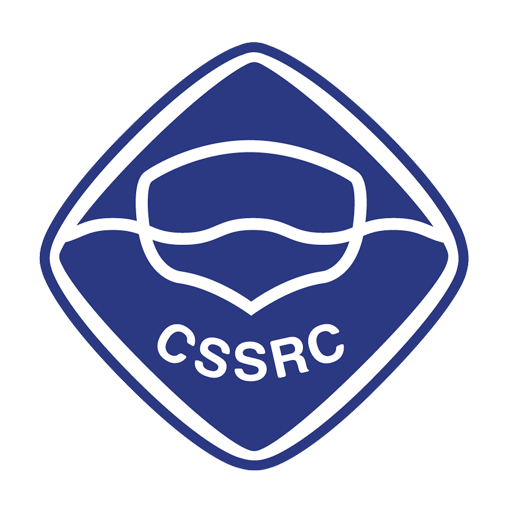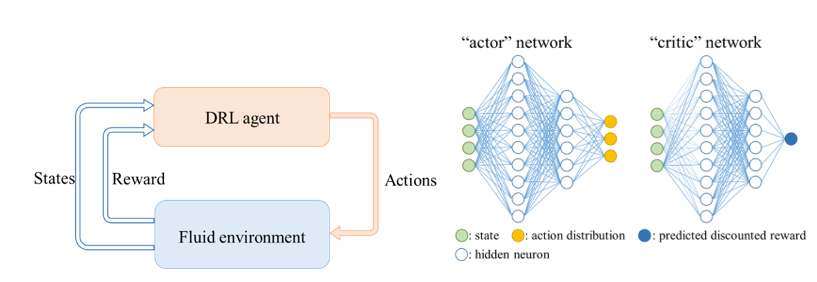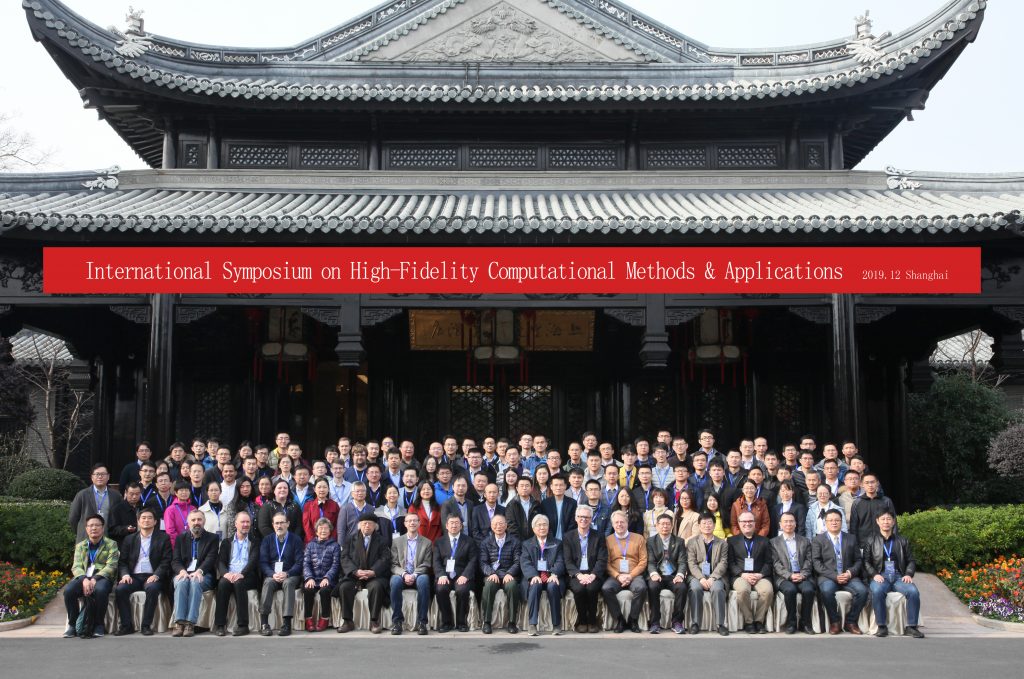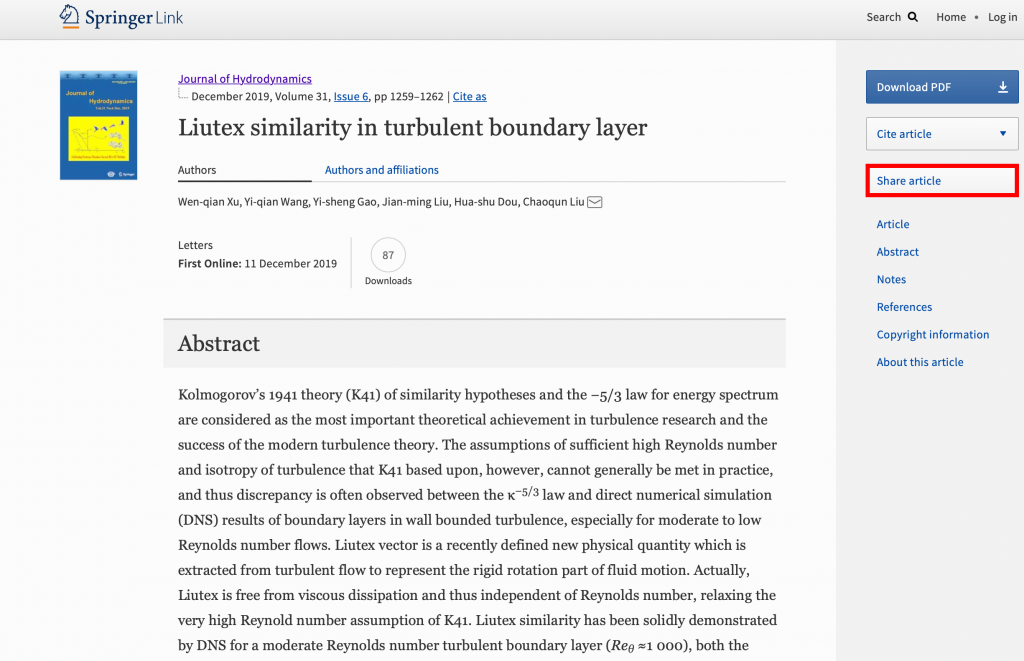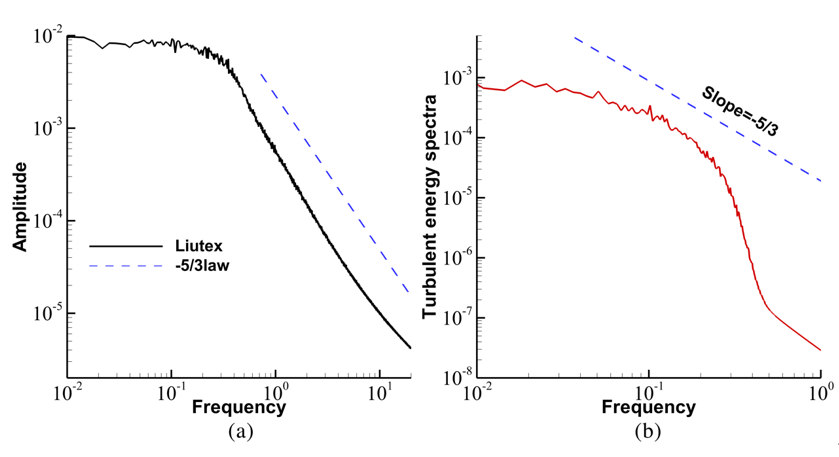当前,深度强化学习在工业流体力学中的应用得到了广泛关注。工业领域,尤其是航天航空、海洋船舶及能源动力等行业,有大量流体控制及优化设计的难题趋待解决。发掘此类方法的极限潜力仍需要一定的时间,特别是针对处理工业流体力学中无理论最优解的控制问题及优化设计。传统方法在流动控制及优化设计领域面临应对非线性及高维复杂性挑战,人工智能的飞速发展带来了新的希望,其中深度强化学习为解决流体控制及优化设计提供了一个崭新的手段。本期聚焦深度强化学习在流动控制及优化设计中的应用,以探索深度强化学习在相关领域应用潜力。本期内容来自2019年12月13日至16日在上海召开的“高保真计算方法及应用国际会议”中人工智能讨论专题,探讨未来基于高保真数据驱动的人工智能在流体力学中的深入应用。
在本期专栏中,我们主要关注深度强化学习研究,探讨算法和新应用的问题。稿件包含三篇论文:在第一篇论文“Deep reinforcement learning in fluid mechanics: A promising method for both active flow control and shape optimization(https://doi.org/10.1007/s42241-020-0028-y,share this article: https://rdcu.be/b4PPe)”中,作者就深度强化学习在流体力学中的先进应用做了综述,包含人工神经网络、监督学习、深度强化学习及在流动控制及形状优化设计中的应用。第二篇论文“Active flow control using machine learning: A brief review”(https://doi.org/10.1007/s42241-020-0026-0,share this article: https://rdcu.be/b4QgL,)中,作者就机器学习在主动控制中的应用做了综述,包含基于遗传编程的主动控制、基于深度学习的主动控制及未来的挑战和展望。第三篇论文“Active flow control with rotating cylinders by an artificial neural network trained by deep reinforcement learning”( https://doi.org/10.1007/s42241-020-0027-z,share this article:https://rdcu.be/b4QgN)中,作者就深度强化学习在流动控制中应用做了实践研究,内容主要涉及深度强化学习在圆柱尾迹控制中的应用及实施,展示了深度强化学习实施复杂流动控制的潜力。
为加强交流以共同促进高保真计算方法、理论研究及工业领域的应用研究,2019年12月13日至16日,在上海召开了高保真计算方法及应用国际会议(International Symposium on High-Fidelity Computational Methods & Applications 2019)。在交叉学科领域,会议将机器学习及人工智能作为一个特别的专题,主要探讨高精度数据驱动下的机器学习及人工智能在流体力学中的应用,会议论文在Journal of Hydrodynamics上作为专栏进行了发表(https://link.springer.com/journal/42241/32/2),旨在推动相关方法在流动控制领域的广泛应用。特别需要指出,关于深度强化学习在流体力学中应用的相关研究得到了广泛关注。
客座编辑介绍:
 徐辉,上海交通大学航空航天学院博士生导师,帝国理工荣誉研究员。主要从事流体力学、应用数学及计算数学、人工智能及机器学习在流体学中的应用研究,特别地致力于先进高精度科学计算方法研究及在流动稳定性、转捩、湍流、噪声及流动控制等方面的理论及工程应用研究。担任Journal of hydrodynamics编委。
徐辉,上海交通大学航空航天学院博士生导师,帝国理工荣誉研究员。主要从事流体力学、应用数学及计算数学、人工智能及机器学习在流体学中的应用研究,特别地致力于先进高精度科学计算方法研究及在流动稳定性、转捩、湍流、噪声及流动控制等方面的理论及工程应用研究。担任Journal of hydrodynamics编委。
 张伟,中国船舶与海洋设计研究院,喷水推进技术重点实验室,高级工程师。主要从事流体力学、湍流与空化流动,以及人工智能及机器学习在流体力学中的应用研究。担任Journal of hydrodynamics编委。
张伟,中国船舶与海洋设计研究院,喷水推进技术重点实验室,高级工程师。主要从事流体力学、湍流与空化流动,以及人工智能及机器学习在流体力学中的应用研究。担任Journal of hydrodynamics编委。
